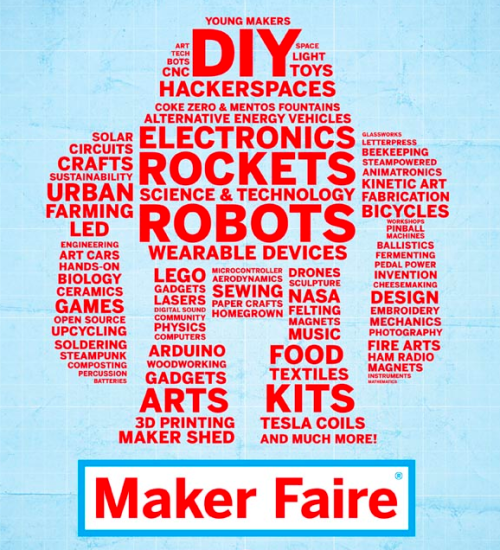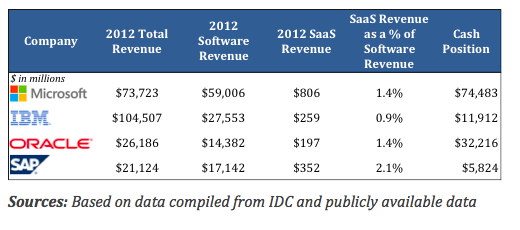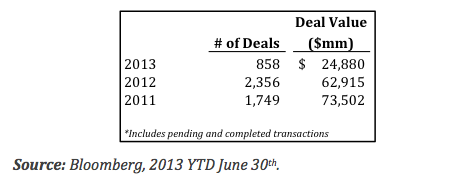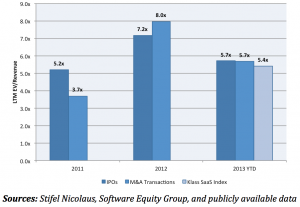I’ve written about CIX Top 20 Follow @CIXCommunity in 2008, 2009, 2010, 2011 and 2012. To follow my pattern here is my post for 2013. Full disclosure: I sit on the Advisory Board for CIX.
There are 3 core events in the Canadian startup calendar:
- Canadian Innovation eXchange (Toronto)
- GrowConf (Vancouver)
- StartupFest (Montreal)
There are other happenings and gatherings ranging from NxNE to HPX Digital to Mesh to the C100 events. If you need a reminder about the state of the Toronto startup ecosystem, make sure you check out my now 14 month old but still relevant post, Don’t Panic.
Each of the above events is optimized for different audience needs. CIX brings the viewpoint of Canadian investors (if you care). The advisory board is primarily venture capitalists (a few lawyers, a couple of CEOs and one evangelist):
- Roger Chabra, Rho Ventures
- Boris Wertz, Version One Ventures
- Mark MacLeod, Freshbooks (recovering VC)
- Barry Gekiere, IAF
- Joe Catalfamo, Summerhill VP
- Justin LaFayette, Georgian Partners
The advisory board is 44 people big. And approximately 30 are doing some form of investment. It’s almost 70% are actively making investments in technology companies. There is very strong Canadian VC and investor representation in the group that advise and plan the conference content.
And it shows in the content, of the 67 scheduled speakers (as of Nov 14), 19 of the speakers are from the advisory board – that’s 28% of the content. (It’s even higher if you include partners and others from firms of advisory board members). If you want to know what Canadian VCs and investors are thinking, this is the best way to see what is important. They define this conference. They provide the content and the voices at the conference.
So why go?
CIX gives you insight in to the types of companies, IP and traction that Canadian investors are currently looking for. It is the barometer of the “high potential growth technology companies” in Canada. It will be interesting to see what everyone thinks are the hot companies and trends. The panels and policy discussions are the things that Canadian investors are grasping and struggling with. It will be interesting to hear the conversations.
You might argue that as an entrepreneur you don’t care about these conversations. They don’t help you grow your business, build your product, or acquire customers. But they do provide you insight into the mind set of the people you are trying to raise money from. That might be the thing that gives you an unfair advantage in understanding their decision making process this year.
I love that 2 of my personal investments Upverter and OpenCare made the Top 20. Full disclosure: My employer, OMERS Ventures, is an investor in 360 incentives. I’m also excited to check in on Breather, Bionym, Axonify, Hubba and others. The CIX Top 20 has turned out some of the best companies in the past 5 years.
It is possible to make your luck at CIX (just remember the preferred method of connecting).
















